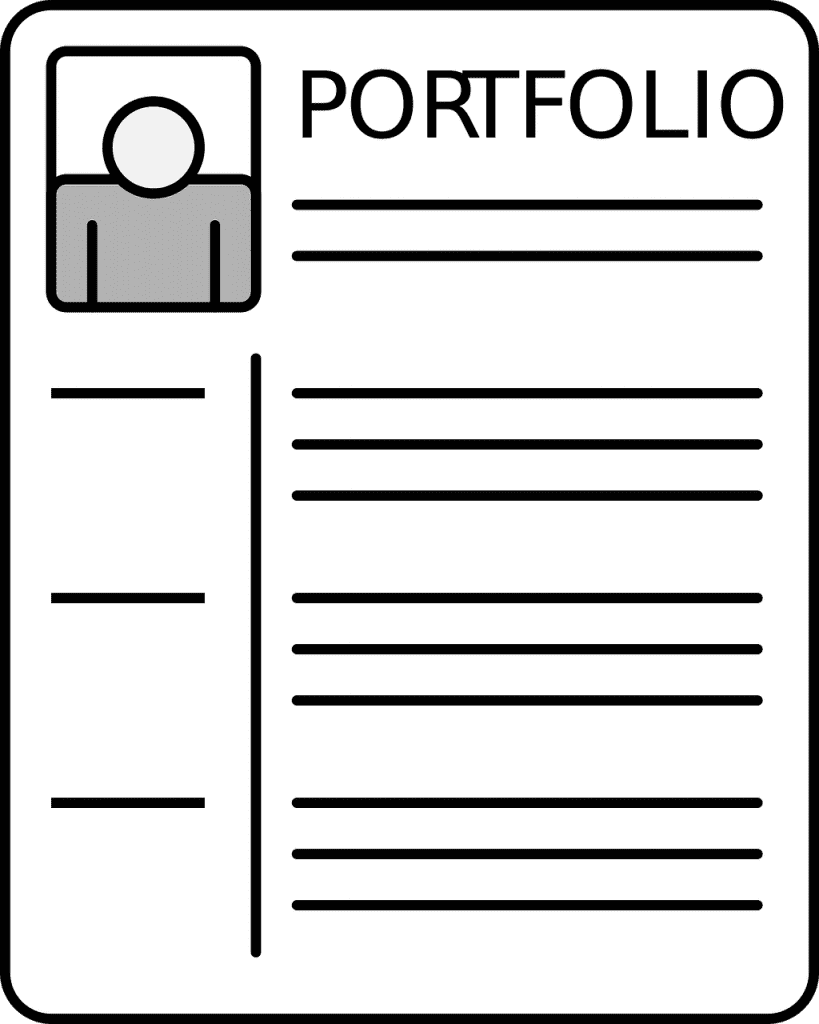For those who are passionate about creative pursuits from writing, to music, to art, freelancing is the most free and open way for them to indulge in that passion. The internet has made it easy for artists to maintain an online art portfolio and gain exposure. But turning this into a career is still a challenge.
As a freelancer, you will have a great deal of control over the jobs that you take, and the kind of work that you prioritize. However, with that freedom comes a great deal of responsibility. Freelancers will be responsible for finding their own opportunities and selling their own work.
If you want to make it as a freelancer, it will help you considerably to enter into it well researched and prepared for the challenges that lie ahead. The following guide will help aspiring artists to get themselves ready for the world of freelance work. There’s no doubt that it will prove a challenging venture, but it will also be one of the most rewarding experiences of your life if you are willing to put the work in.
Make a Professional Portfolio

It cannot be overstated just how much of a difference the professionalism of your portfolio presentation will make to people’s perceptions of your work. Every artists needs a portfolio in order to show off their work and what they are capable of. Whether you mainly make artwork using traditional techniques, or you are a convert to the digital art world, it is a good idea to maintain an online portfolio.
However, simply putting your work on a website somewhere isn’t enough. If you want to create an online art portfolio with ease, Format are a great place to start. Format is a platform which empowers its users to succeed in their creative pursuits. It does this by providing them with a range of tools and services that are just as useful for established artists as they are for the many aspiring creatives who have found success with Format.
Gain Experience Working for Someone First
Most creative industries are nothing like people assume they will be from the outside and art is no exception. You may well be very skilled at creating art, but do you know what to do with a finished piece in order to sell it? Your online art portfolio might be generating some exciting buzz and encouraging feedback. But getting people to buy your art is more difficult than getting them to like it.
Not only will you need to know how to sell your work, you will need a firm grasp on exactly what you can sell. There is probably a buyer out there somewhere for most artwork, but any work you do without knowing who you will ultimately sell it to, is time, and therefore money that is being lost.
Working for an employer prior to going freelance will enable you to see how the industry works, and to formulate a plan for producing and selling your own work. Not only will working for someone else give you experience of how the industry works, it will also give you the chance to hone your skills and develop your talent.
While you are working for an employer, depending on precisely where you work, you will have the opportunity to undertake a variety of different work. This will enable you to practice skills which, left to your own devices, you would end up neglecting. It also provides you with the space necessary to develop a workflow and the intuition to know how long any given job is likely to take you. Varying the work that you do will make it easier to build a diverse online portfolio of your artwork and attract a wider range of employers.
Build Your Confidence
As a freelance worker, you are going to have to be able to sell yourself and your work to other people. This is going to be almost impossible to do if you yourself don’t believe in your abilities. You will therefore need to work on developing your confidence and finding which methods work best for you when you want to promote your work.
Applying for just about any job these days means competing with a number of other applicants. The creative field is perhaps even more competitive than most. For one thing, there are less ‘jobs’ around, which is why people turn to freelancing to begin with.
But whether you are applying for a formal job with a business (as we said earlier, we recommend that you do), or you’re trying to sell your own work directly, you will need to learn how to sell yourself with finesse.
Get Yourself Out There
Developing your confidence is a gradual process for many people. But some people are already there and naturally feel confident about themselves. If you already have the confidence down, or when you feel that you have developed it enough, you then need to put yourself out there with your work.
In order to succeed as a freelance artist today, you need to be able to divide your attention between the online and the offline worlds. Offline, you should be looking for opportunities to showcase your art. You should not be too discerning in the beginning as when you are just starting out, any exposure is helpful (within reason of course).
Promoting yourself online is easier for most people. For one thing, you can maintain an online art portfolio and direct any interested parties there. This is the equivalent to having your pictures in an offline gallery, something many artists aspire to. Of course, the added bonus with an online portfolio is that your physical distance from the audience isn’t a barrier for entry.
As well as your online art portfolios, you should look for online communities that you think will appreciate your artwork. If you have a particular style or niche that you work in, look for message boards and websites frequented by those with similar tastes.
Utilize Social Media
Many of us, for one reason or another, wish to avoid social media like the plague. While this is a fine position to take in your personal life, from a professional perspective you will be needlessly hamstringing yourself. Like it or not, social media is a very effective platform for spreading a message to a large number of people without any hassle.

There are numerous social media platforms in operation today, each of which plays by its own rules. For example, Facebook lends itself well to long and detailed posts and updates. You could easily post a piece of artwork on Facebook and include with it a detailed summary of the thought processes that went through your mind as you were creating it.
On the other hand, Twitter, with its character limit, would still be a fine platform for sharing the art itself, but you would have to get more creative with how you use up those remaining characters.
Success as a freelance artist is not something that you are going to find with ease. There are a lot of people out there who also want this job, so your artwork will always be displayed alongside others. In order to stand out, you will have to combine raw talent with good salesmanship. As long as you are willing to take the time to develop your art and your self-confidence, you stand every chance of making it.





